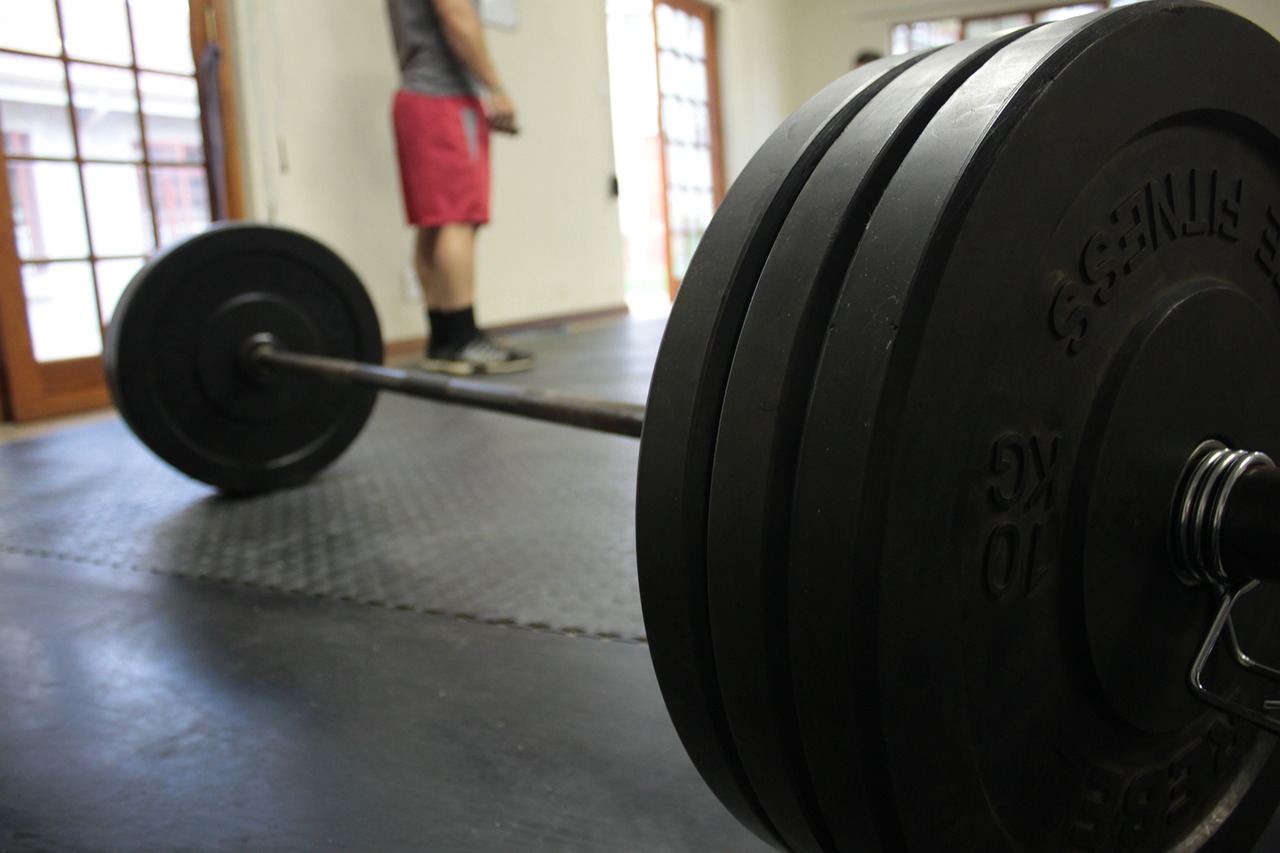1. Eat Slow-Digesting Carbs Before Workouts
Researchers at Loughborough University (U.K.) discovered that when athletes ate slow-digesting carbs such as whole grains for breakfast
and lunch, they had lower insulin levels and burned more fat during the
day. The athletes also had more endurance and burned more fat during
exercise compared to those who ate fast-digesting carbs such as white
bread or plain bagels.
2. Avoid Higher-Fat Meals For Up to Four Hours Before Workouts
A University of Maryland School of Medicine (Baltimore) study
reported that a high-fat meal blunts the ability of nitric oxide (NO) to
dilate blood vessels for up to four hours. That means less blood flow
to muscles and less of a muscle pump, which is even more costly if
you’ve invested in an NO supplement. In the four hours before your
workout, avoid eating large amounts of fats, such as the obvious
fast-food fare and packaged foods.
3. Eat a Green Salad With Your Last Whole-Food Meal Before The Gym
The same University of Maryland researchers also discovered that consuming a small green salad
with a high-fat meal prevented the adverse effects on blood vessel
dilation, likely by enhancing NO. About two hours before you hit the
gym, include a green salad with low-fat dressing with your meal.
4. Eat Buckwheat As Part Of Your Pre-Workout Carb Intake
Buckwheat, found in buckwheat pancakes and soba noodles,
is a fruit seed that’s often used as a substitute for grains. It
digests slowly, which helps increase endurance and fat-burning.
Buckwheat also contains a flavonoid called chiroinositol, which mimics
insulin. A cup of cooked soba noodles before workouts can help get more
pre-workout creatine (see tip No.5) into your muscle cells without
blunting fat loss, which can occur from high insulin spikes.
5. Take Whey Protein Creatine Supplement
Take 20g of whey protein and 3-5g of a creatine supplement.
Researchers from Victoria University (Australia) reported that subjects
who consumed a protein and creatine
supplement immediately before and after workouts over a 10-week period
increased muscle mass by 87%, bench press strength by 36%, squat
strength by 27%, and deadlift strength by 25%, and decreased bodyfat by
3%, more than a group taking the supplement before breakfast and before
bed.
6. Take Caffeine Before Your Workout
Take 200-400mg of caffeine 1-2 hours before your workout. Research shows that caffeine
taken pre-workout increases fat-burning and endurance and blunts muscle
pain during training, which means you can do more reps. A more recent
study, from the University of Nebraska (Lincoln), indicates that
subjects who took a caffeine supplement before their workouts
immediately increased their one-rep max (1RM) on the bench press by
about 5 pounds. Studies show caffeine supplements work better than
caffeine from coffee.
7. Take Arginine Before Workouts
One study reported in the journal Nutrition that trained subjects who took arginine
supplements for eight weeks increased their 1RMs for the bench press by
almost 20 pounds more than those who took a placebo. Take 3-5g of
arginine 30-45 minutes before workouts
8. Add Cocoa Extract to Your Shake
Add 2 teaspoons of cocoa extract
to your preworkout protein shake. University of California, Davis,
scientists discovered that a flavonol called epicathechin in cocoa
boosts NO levels and blood vessel dilation. If you’ve taken your NO and
had a preworkout salad, this will keep NO levels higher longer.
9. Use Forced Reps on Your Last Sets
A Finnish study found that when subjects performed a workout with
forced reps (a spotter helped them get through their sticking points to
get a few more reps), their growth hormone (GH) levels were almost
4,000% higher than without using forced reps. For the last set of each
exercise after reaching failure, go for 2-3 extra forced reps, but utilize these sparingly to prevent overtraining.
10. Don’t Train to Failure on Every Set
Australian scientists have reported that training with one set to failure
increases strength better than taking no sets to failure. However, when
subjects did more than one set to failure, strength gains were lowered
by almost half compared to the subjects doing just one set to failure.
